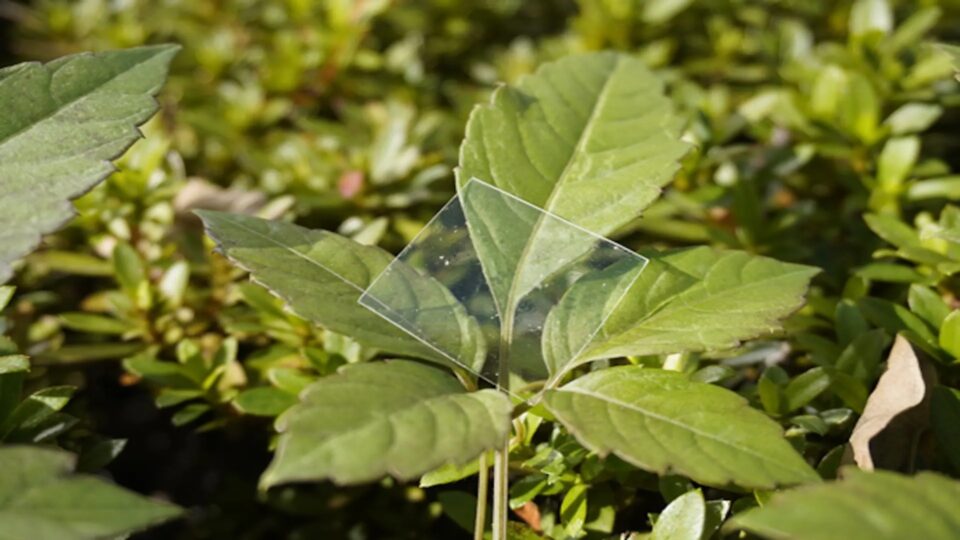Microplastics have been detected across every part of the planet, including the deep ocean and the Arctic ice, raising growing concerns about their impact on health and the environment. With more than 358 trillion microplastic particles floating on the surface of the world’s oceans, along with countless more on the seafloor, their full impact remains unclear, despite growing evidence of harm to ecosystems and health.
To tackle the growing pollution crisis, scientists at RIKEN in Japan have developed a new type of plastic that remains stable during everyday use but rapidly dissolves in saltwater, breaking down into harmless compounds.
The new plastic is based on supramolecular polymers, which are materials made from small molecules linked by reversible bonds, unlike traditional plastics that rely on strong covalent chains. Due to the nature of their bonds, supramolecular polymers can self-heal when broken and pressed back together and are also easy to recycle using specific solvents, making them simple to reuse and repurpose.
The science behind the breakthrough
According to Takuzo Aida, PhD, a c at RIKEN, the new material – similar in weight and strength to conventional plastics – could potentially help reduce plastic pollution and cut greenhouse gas emissions linked to plastic incineration.
“Plastics, especially polyethylene terephthalate, which is used in bottles, are incredibly versatile,” Aida says. “They are flexible but strong, durable and recyclable. It’s hard to beat that convenience.”
While seen as a promising alternative, biodegradable plastics, such as polylactic acid (PLA), often face challenges in the oceans due to the slow pace and specific conditions required for them to decompose. PLA is not water-soluble and gradually breaks down into microplastics, which cannot be degraded by bacteria, fungi, or enzymes.
“But the reversible nature of the supramolecular polymer bonds are also their weakness, since the materials disintegrate too easily,” Aida explains. “This had limited their applications.”
Credit: 2025 RIKEN
To develop a strong yet easily degradable material, the team searched for a compound mix that would hold together under normal use but break down safely under the right conditions. Aida focused on a reaction that locked the bonds, with salt acting as the key to unlock them.
After testing different molecules, the team discovered that combining sodium hexametaphosphate – a common food additive – and guanidinium ion-based monomers – found in fertilizers and soil conditioners – created so-called ‘salt bridges’ that tightly bound the compounds with strong cross-linked bonds.
“Screening molecules can be like looking for a needle in a haystack,” says Aida, explaining that these types of bonds act like a ‘lock,’ giving the material both strength and flexibility. ‘But we found the combination early on, which made us think, ‘This could actually work’.”
A new direction
By mixing the compound in water, the team created a small sheet of the new material, that unexpectedly separated into two layers: a thick bottom layer and a watery top. They then extracted the viscous bottom layer, where the compounds were held together by salt bridges, and dried it to form a plastic-like sheet.
The results showed that the sheet matched the strength of conventional plastic while being non-flammable, colorless, and transparent. It also dissolved back into raw materials after less than nine hours in salt water, as the salt disrupted the bonds holding it together.
According to Aida, the sheet can also be made waterproof with a hydrophobic coating, but even then, it dissolves just as quickly as uncoated versions if the surface is scratched, allowing salt to seep in.
Now the team hopes the material’s breakdown products, nitrogen and phosphorus, can be reused, as they are nutrients that microbes can process and plants can absorb. However, this requires careful management, as excess nutrients could trigger algal blooms and harm coastal ecosystems.
Aida suggests the best approach may be to recycle the material in controlled seawater treatment facilities, allowing the raw components to be recovered and reused to make new supramolecular plastics.
“With established infrastructures and factory lines, it’s extremely challenging for the plastics industry to change,” Aida concludes in a press release. “But I believe there will come a tipping point where we have to power through change.”
The study has been published in the journal Science.
